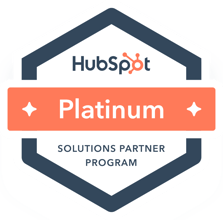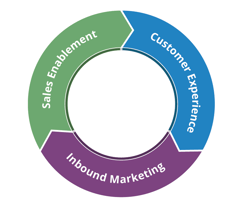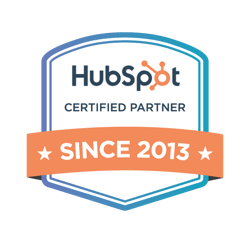Do you have a blog, or are you thinking about starting a blog? Blogging is not as simple as it may sound. Blogging must be one of the foundations of your inbound marketing and digital marketing strategy because it allows you to create and distribute content in a simpler and more well-received way.
To help you in your blogging efforts, here are eight ways that you can optimize your blog for website traffic and lead conversion:
1) Leverage Appropriate Keywords: Be sure you are using keywords throughout that are not too broad but not too long-tail. (A long-tail keyword is 4 – 5 words in length.) Also, double-check that the keywords you are optimizing for are being searched for and that you have an opportunity to increase your ranking. The last thing you want to do is blog about a topic no one searches for online.
2) Optimize for 1 – 2 Keywords: Sometimes less is more. Only optimize for 1 – 2 keywords in your blog. This helps to keep your content focused, and it allows search engines to easily see what the topic of your content is that should be considered for ranking opportunities. For each of these keywords, be sure to only use them between 3 and 5 times throughout the blog so your content flows naturally and search engines see that your content is valuable and useful to visitors.
3) Maximize Your Title Length: The title is critical to your blog’s success. Remember that your blog's title is also the page title to search engines. It needs to follow the same rules in SEO as your page title. Make sure your blog title is no longer than 70 characters and utilizes at least one of your keywords.
4) Double Check Meta Description Length: Your meta description on your blogs also follows the same rules for SEO and where it appears in search. This is crucial to remember to ensure your blog gets found online. Keep your meta description to 150 characters to avoid the dreaded ellipses at the end of your meta description in search results. Remember to use at least one to two keywords in your meta description, if you can.
5) Utilize Images: Images are incredibly helpful to your blog’s success for three reasons. The first is that if you’re using a tool like HubSpot, the image automatically gets included in the blog subscription email that gets sent out to individuals who have subscribed to the blog. Next, the image is also the thumbnail for the post when you are sharing it on your social media channels. Finally, an image or two brings your content to life. Blogs tend to be longer pieces of content that wouldn’t be suitable for a website page, so they need visuals to help get the message across.
6) Include Hyperlinks: Aside from educating your target audience, one of the purposes of your blog is to generate clicks back to your website. (I know no one likes to admit that, but yes, that is the intent of your blog.) Hyperlink relevant content throughout your blog to website pages or other blogs. This will help generate clicks to your website pages and drive visitors to convert to other website pages.
7) Embed a Call-to-Action (CTA): Calls-to-action are critical for lead generation. CTA’s are buttons embedded on a blog, website page, email, etc., to tell visitors exactly what they need to do next (i.e., Click Here for a Demo). It’s clear what their next action is from there. Every blog needs a CTA to drive that lead generation and conversion. Consider linking to downloadable offers such as whitepapers, case studies, videos, etc.
8) Leverage Tags & Topics: This functionality is available across most blogging platforms and allows you to categorize your posts by certain topics. This allows you to organize your blog content for your viewers to find at a later date. For example, if visitors want to see all of our blogs about HubSpot Integrations, they can click the HubSpot Integrations tag on our blog, and it will take them to all the posts about that topic. Pro Tip: This is also very useful in the sales process. Send an email to your prospects with a link to a series of blogs by simply utilizing the topic to sort your blog content instead of sending each blog individually.
Blogging isn’t as simple as it may sound. A blog that is not optimized properly will have the results that some people come to expect from blogs…not much! However, blogs that are fully optimized and leverage best practices will see tremendous results in terms of website traffic and leads. For example, one of our clients has seen that 24.7% of their leads in the last six months have come from blogs! Those are leads that found the information so valuable they knew they had to convert to learn more about the services of that company. This is exactly what you want to see from your blogging efforts!
If you’re not sure where to start on your blog or if you’d like some tips on how to better leverage your blog for website traffic and lead generation, you can schedule a complimentary 30-minute consultation with our team. We would be happy to help.


__Square.png?width=250&height=250&name=Marketing_Hub_(1)__Square.png)




.png?width=250&name=diamond-badge-color%20(1).png)
